7 Rare Animals in India’s Rainforests: Galaxy Frog, Mouse Deer & More Hidden Wonders
Discover India’s rainforest gems from shimmering frogs to tiny deer. These rare creatures highlight the unmatched biodiversity of India’s lush forests.
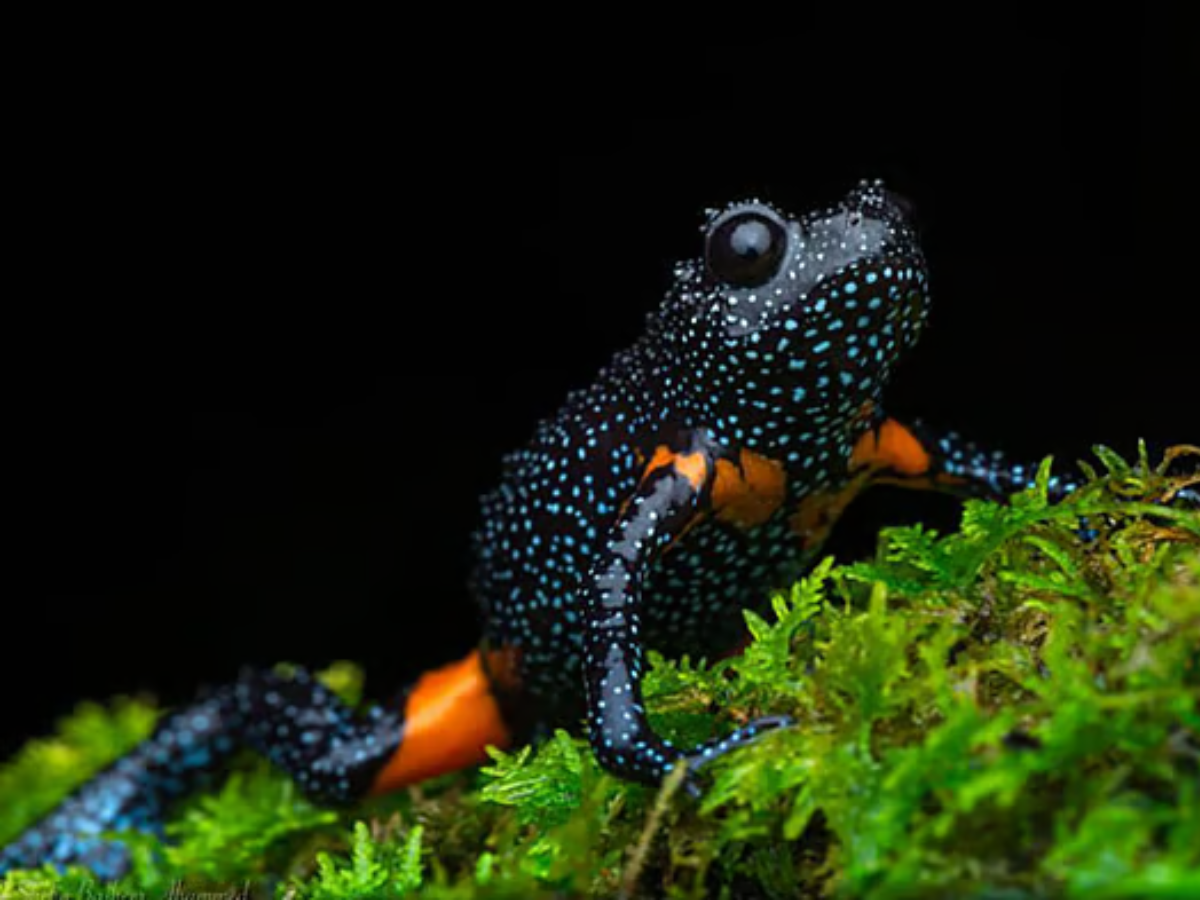
Galaxy Frog (Astrobatrachus kurichiyana)
Discovered in the Western Ghats, this tiny frog has a stunning dark body speckled with white like a starry sky. Living under leaf litter, it’s rarely seen and critically endangered. It shows how India’s rainforests still hide mysteries waiting to be unveiled.

Mouse Deer (Indian Chevrotain)
The mouse deer is neither mouse nor true deer, it’s a tiny hoofed mammal weighing just 2-4 kg. It darts silently through dense undergrowth in Western Ghats and Eastern forests. Spotting one is a special treat for wildlife enthusiasts.

Lion-Tailed Macaque
This striking monkey with a silver mane and tufted tail lives only in the Western Ghats. Highly arboreal, it spends most of its time in rainforest canopies. Habitat loss has made it one of India’s most endangered primates.
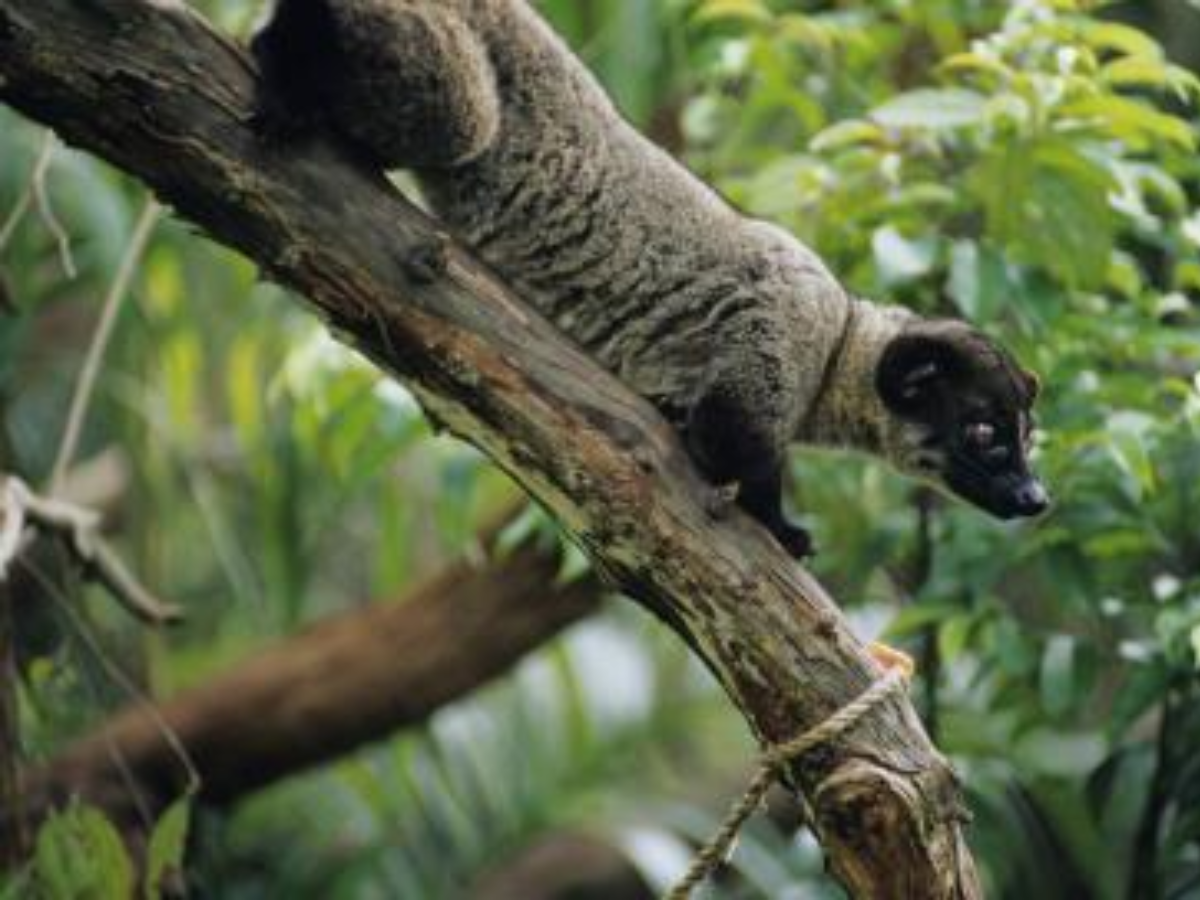
Malabar Civet
Possibly one of the world’s rarest mammals, the Malabar civet is a nocturnal, elusive species. Native to Western Ghats, it was feared extinct but occasional unconfirmed sightings keep hopes alive. It symbolizes the urgent need to conserve rainforest habitats.
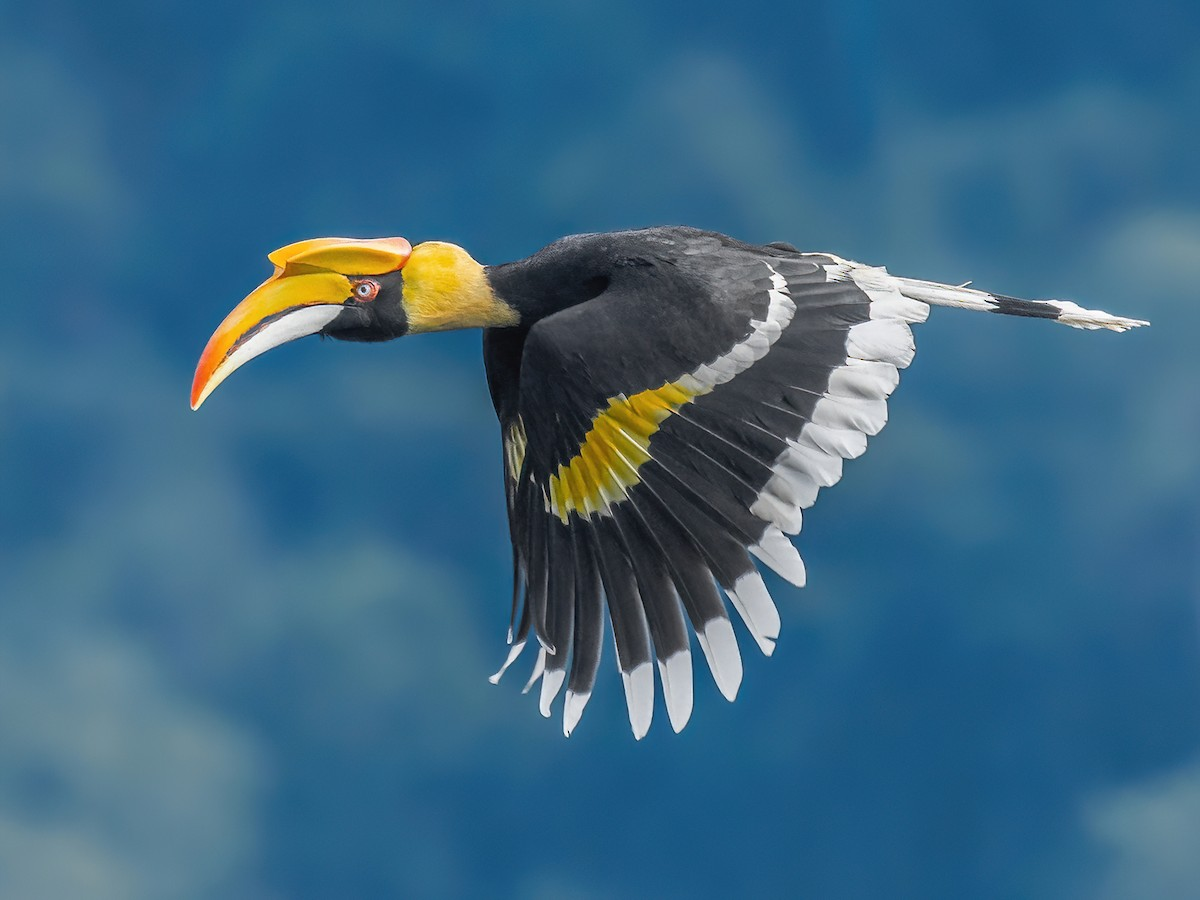
Great Hornbill
This majestic bird with a huge yellow-black casque is a rainforest icon. It helps regenerate forests by dispersing seeds of giant trees. Deforestation threatens its habitat, making every sighting precious.
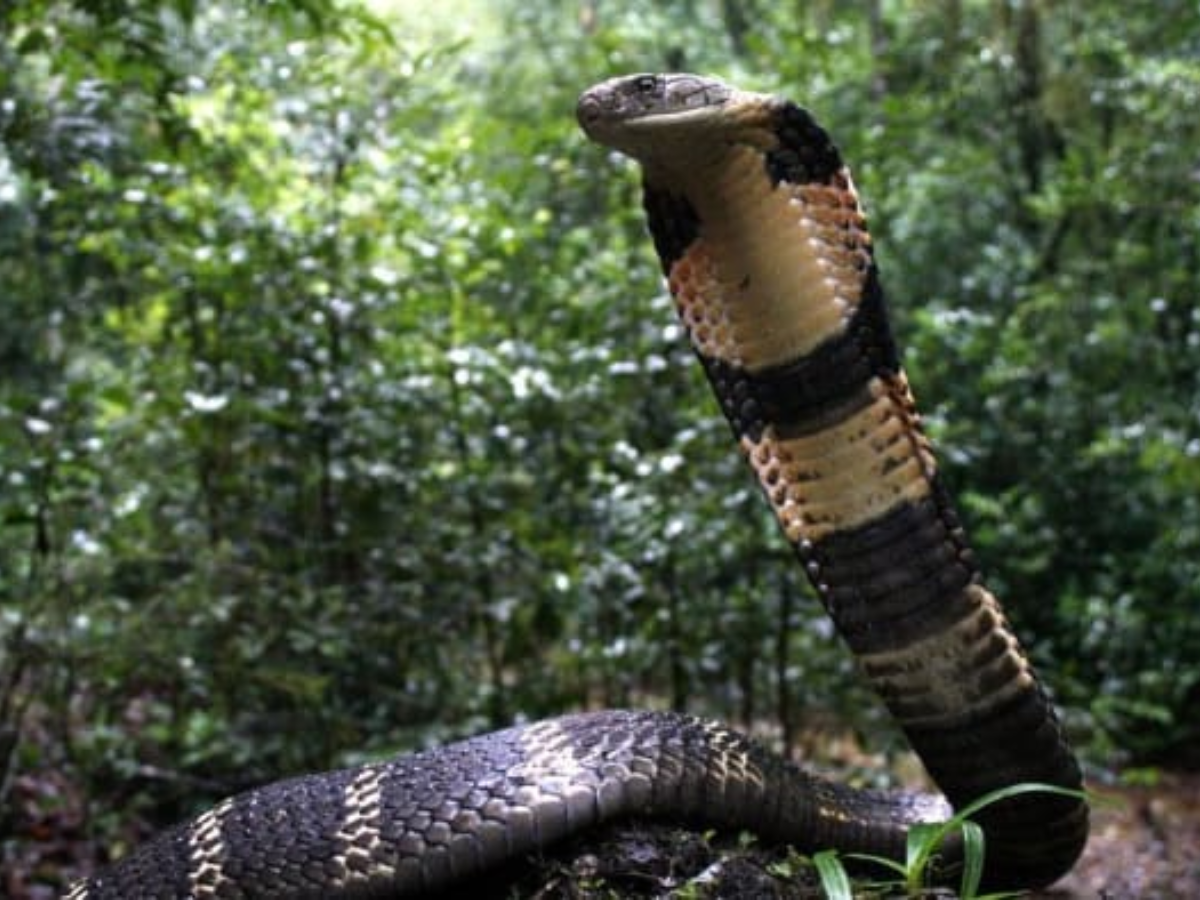
King Cobra
The world’s longest venomous snake, it can grow over 5.5 meters. Often found in rainforests of the Western Ghats and Northeast, it feeds mainly on other snakes. Despite its fearsome reputation, it’s shy and avoids humans.
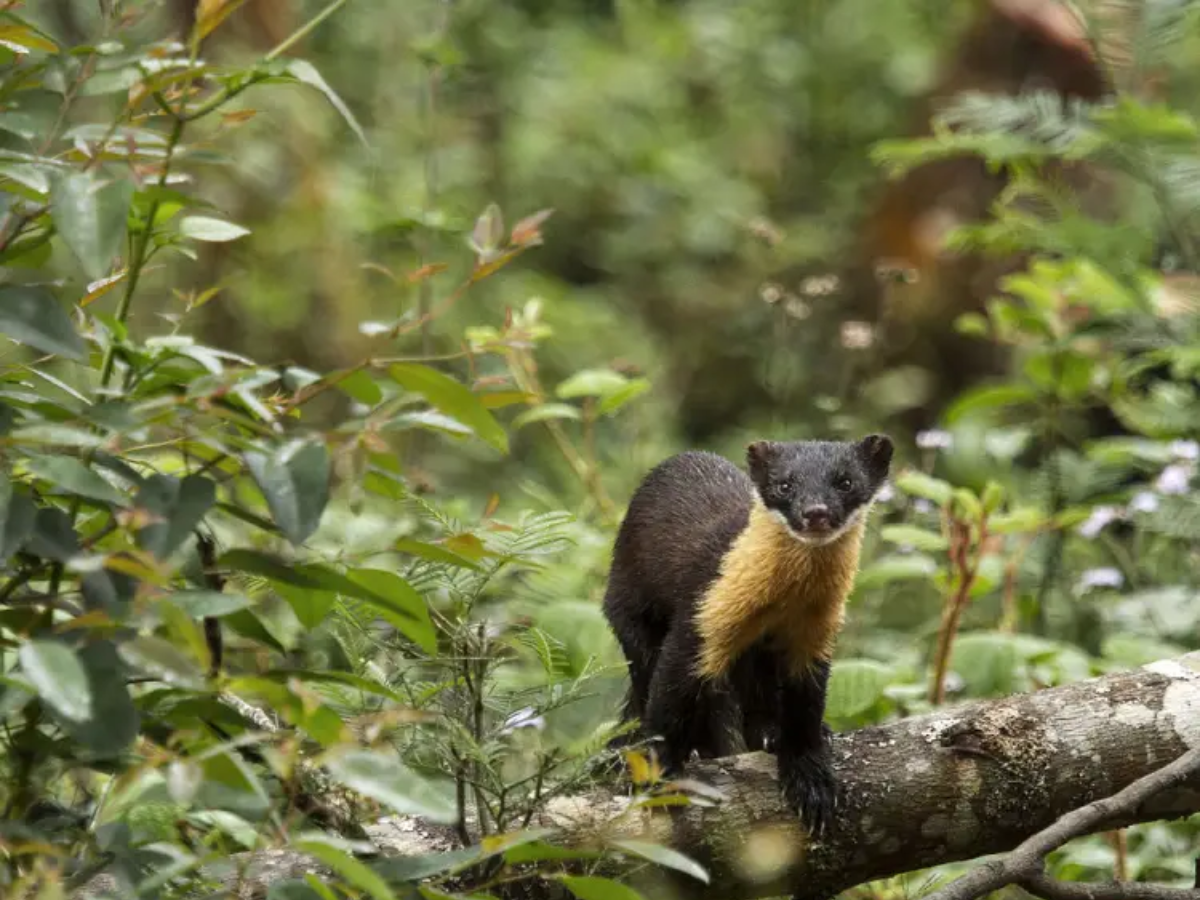
Nilgiri Marten
India’s only marten, this sleek, dark mammal with a golden throat is a skilled climber. It hunts birds and rodents high in Western Ghats forests. Seeing one racing along branches is a rare wildlife moment.
(This gallery is for informational purposes only. Always respect wildlife and local laws. Observing rare species should be done responsibly without disturbing their natural habitats or behaviors.)





